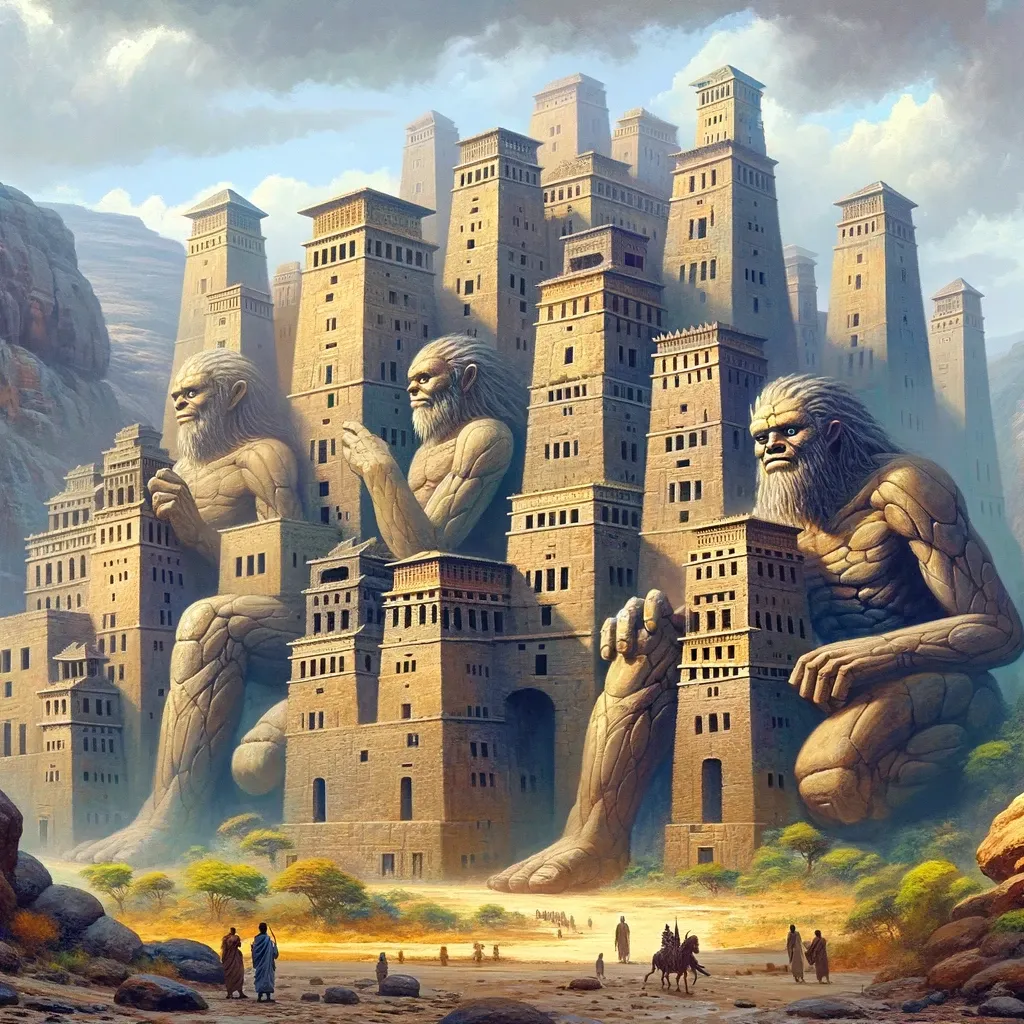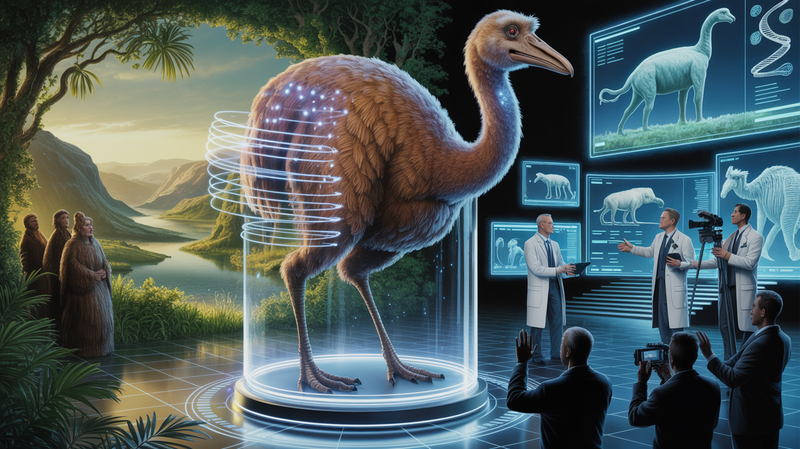Unearthing the Enigma: The Ancient 'City of Giants' in Harlaa, Ethiopia
In 2017, a groundbreaking discovery was made in the Harlaa region, eastern Ethiopia, unveiling a long-forgotten city. Dubbed the 'City of Giants,' this ancient metropolis, believed to be built around the 10th century BC, has captivated historians and archaeologists alike. Discovery and Excavation The discovery was spearheaded by

In 2017, a groundbreaking discovery was made in the Harlaa region, eastern Ethiopia, unveiling a long-forgotten city. Dubbed the 'City of Giants,' this ancient metropolis, believed to be built around the 10th century BC, has captivated historians and archaeologists alike.
Discovery and Excavation
The discovery was spearheaded by an international team of archaeologists, including experts from the University of Exeter and the Ethiopian Cultural Heritage Research and Conservation Authority. This collaborative effort unveiled a city that, according to local legends, was built by giants, owing to the colossal size of its stone structures.
Local Legends and Archaeological Findings
Local residents have long believed that the massive buildings, constructed with huge stone blocks, were the work of giants. Over the years, they have uncovered coins from various countries and ancient ceramics, lending credence to the area's historical significance.
Archaeological excavations have unearthed a wealth of artifacts, including items from Egypt, India, and China, suggesting Harlaa's role as a significant trade hub. A 12th-century mosque akin to those found in Tanzania and Somaliland was also discovered, highlighting historical linkages among Islamic communities in Africa.
Scientific Analysis and Community Beliefs
Contrary to the local lore of giants, analysis of over 300 human remains from a local cemetery indicated that the inhabitants were of average height. However, the indigenous community remains steadfast in their belief in the giants' legend.
Conclusion
This remarkable find in Harlaa not only enriches our understanding of Ethiopia's history but also illustrates the fascinating interplay between legend and reality. The 'City of Giants' stands as a testament to the region's rich cultural heritage and its pivotal role in ancient trade networks.
Acknowledgments
The discovery in Harlaa is a remarkable example of international collaboration and local engagement, bringing to light a chapter of history that continues to intrigue and inspire.




